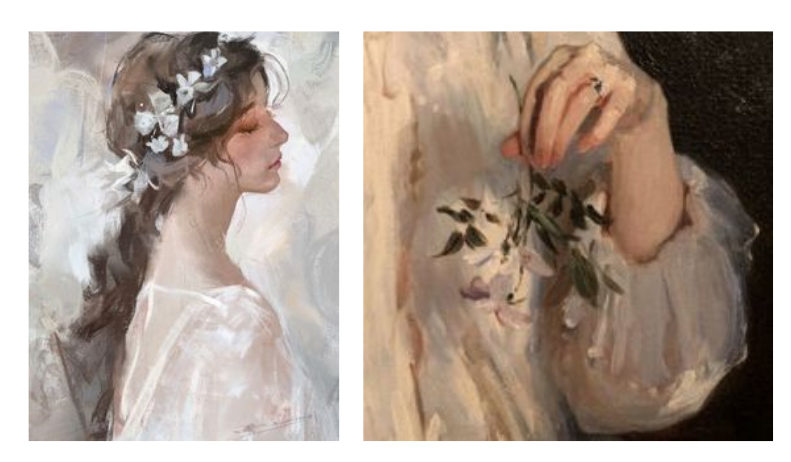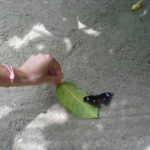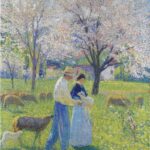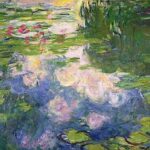… or when a dress is not just a dress.
The sacred art of self adornment has been around for centuries long before there was fashion and style. Even before discovering precious metals, diamonds and crystals, women would decorate themselves in all kinds of other gifts from nature, such as sea shells, flowers, coloured pebbles, fishbones, dead insects, feathers, and anything else that they would find and perceive as beautiful.

The essence of adornment.
Adornment is sometimes viewed as a visual craft – a tangible language to nameless things, connecting our physical to the spiritual and emotional worlds of our inside.
It is also magical – because we dedicate our energy towards a commitment to visibility and to self-witnessing. Like attracts like. And our adornments attract those of similar expressions and visions.
As poets, we adorn with words. As painters, we adorn with coloured brushes. As musicians, we adorn with sounds.
To adorn, is to intuitively walk the unknown pathways, in exploration and awe, and enter the soul of the matter – to then magically create deeper meaning from the inside out.
Like Buddhists say, we are not where we are nor even what we see – we are what we think. And to think, we need to perceive – and to manifest, we need to perceive ourselves differently. You want to feel more sensual, adorn yourself with desire, with silk, with reds, with whatever makes you feel that way.
Adornment in its essence is a ritual. It is a language of a feeling, idea, urge, intention. It can be as much about jewellery, as about oils, perfumes, anointments, dancing, makeup, and gestures. Adornment is intentional beauty, a living breathing prayer. It is a choice to see the sacred within us, in the world that we inhabit. It is being, appreciating and honouring all parts of us. In this way, the jewellery itself is not about adding or subtracting – it is about enhancing the world we already are inside of us. It is our natural rhythm.
In this way, adornment can mean many things such as decoration, ritual, ceremony, sacred, honouring. It is adorning yourself with what feels true for you – what makes you feel in your soulskin, what makes you feel confident, beautiful, sensual, empowered, comfortable, connected. Whatever it is – there is only one rule: it needs to feel good. How does silk feel against your skin? How does it feel to dive your hands into moist soil?
What is sacred?
Sacredness, like purity and devotion, is a word that may seem as some grand thing – high minded and even abstract. And in a world of over-sharing and constant noise, perhaps we’ve even forgotten what it really means. There is certain level of privacy, quietness and intention that is needed.
At its essence, sacred means holy which means wholly. It means: we are settled into our true essence of soul, spirit and heart. It means being intentional with what we do and what we think, because we understand that our bodies too are something to be honoured. It is a remembering of the love and inner truth that we embody.
Sacred adornment is changeable just as we too, as moon, are changeable. Sometimes it can be as simple as rubbing oil on our skin under the dim light of a candle, and at other times, it can be adorning our body with jewels and our lips with a red lipstick. As long as it is intentional, you become a living breathing prayer – and unveiling one of the many faces of the woman that you are.
A little history.
In the beginning, those tribes who lived inland would wear ornamental materials from the animals that they hunted – partly, it was because of an honouring to the animal and its spirit that gave them life as food. Men would also give their beloveds parts of something rare that they hunted to show their worthiness and virility, and it was part of the courting ritual to impress her and stand out from others. If she wore what the man gave her as gift, that meant he was her chosen one.
Later, as humans settled near banks of rivers and the sea shores, they discovered the precious metals and stones, including gold. Some of the earliest evidence of jewelry boasts from the Sumerian Queen Pu-abi’s tomb at Ur in Sumer (now called Tall al-Muqayyar), dating from the 3rd millennium BCE. In the crypt, the upper part of the queen’s body was covered with a sort of robe made of gold, silver, lapis lazuli, carnelian, agate, and chalcedony beads.
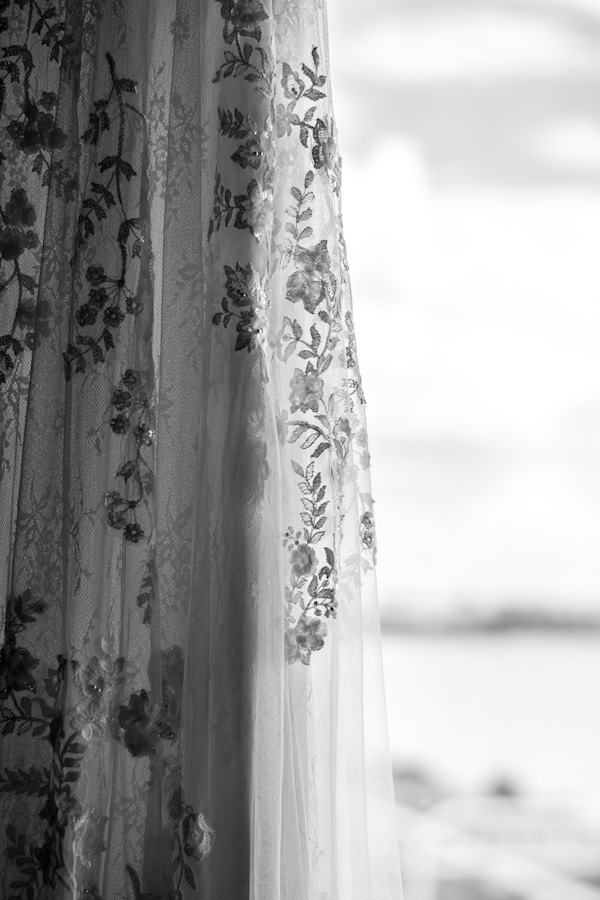
Photo by Camila Camacho.
Adornment was a spiritual practice also, and it showed a certain closeness to the Gods. Throughout history, metals and precious stones were used to symbolize power, social status, religious affiliation, heirloom ties, and spiritual connections.
Precious metals were also used as amulets and magical totems to bless the wearer with abundance, love, prosperity, and protection against evil spirits.
For example, using troves of gold from the Nubian desert, the Egyptians created jewelry with highly-evolved religious symbolism and spiritualism that carried them from life to death.
Self adornment also took the form of makeup. In the old days and in mystical traditions, women and priestesses would wear makeup and veils as ways of psychic protection.
Dating all the way back to 3,500 BC, ancient Egyptians used dramatic eye makeup for psychic protection, as they believed that unadorned eyes were vulnerable to harm and evil spirits; they’d even wear jewels and lead as eye-makeup. Egyptian mothers would outline the eyes of their babies in order to protect them from evil spirits.
And yet self adornment also causes suspicion. A woman who is comfortable in her body, in her skin, and allows her inner beauty to shine is preyed upon. Throughout history, joyful body or sparkling dresses increased the likelihood of a woman being harmed, harassed or assaulted. At the very least, it caused jealousy, and she was seen as something to be destroyed by those who struggled with their inner demons and insecurities. As women, we just have gotten used to hiding our beauty and engineering ourselves into smallness.
As women we usually spend a big chunk of our beginning life in disguise; and most times a woman hides not because of low self esteem, but because she knows what to do to adapt and survive, and which environments are the right ones for the various aspects of herself. She shows different person different aspects of herself, depending on the space they have created for her – the safer and more stable it is, the more she will open up her beautiful inner worlds; and for those who don’t deserve that, she will shape-shift. For those who have earned her trust, she will unveil her true beauty.
Cinderella’s fur shoes.
And then there’s the myth of Cinderella’s fur shoes, from some of the old French retellings of the original Charles Perrault fairytale. The symbolism aligns beautifully with Cinderella’s true essence because by staying true to herself, she embraces her wild nature. Esoterically, the wild often times represents our soul – it is the unnamed, untamed part of us that lives within and without our unique physical wildlands. Cinderella is covered in ash and smoke and earth, her hair is wild and long, clothings are few. She is not a naive little girl – she just knows really well how to survive in her harsh environment and while she doesn’t lose her true self – she adjusts and adapts. She is a wild thing imprisoned, and yet she has found her home within herself, in some wilderness too.
Her prince is a wild thing also. Some stories portray him as the Green Prince of the Forest – a great strong spirit that came seeking his love, a holy woman, who had disappeared from him and his forest kingdom. And so, he roamed and searched for long, bringing along the fur shoe from the wilderness.
This wild shoe de vair has connections to the animals and nature, both of which are a big part of the solace of Cinderella – which has become her home. Her wild long hair is the reminder of her wild kingdom from which she came from once upon a time, and no matter the environment she is put in, no matter how restrictive and foreign, she cannot be tamed – and she will always be beloved by her wild prince.
And/But, it is important to remember, that no matter how much we think we may be lost or forgotten our way back, our wild holy essence is always with us – it is never lost – and the wild one, our true one, will always seek to return and bring us our true wild shoes. Shoes – a great symbology representing “standing strong in who we are, being supported for who we truly are, so that we are not hurt or cut or made unable to walk our own walk.”
This comes with love.
The adornments along the way.
I remember back when I was designing my jewellery, one of my favourite things to do was adorn my body, my legs and my arms with all the sparkling jewels that I used before I attached them to the link chains to become necklaces. I’ve always loved jewellery – in fact, the more sparkling the better! But it wasn’t always just precious stones. As a child I loved collecting sea shells, and I’d put them all across my skin, imaging this was my dress. Well, okay, I still do that when I am at the beach. I also love flowers and wild roses especially, and I’d often put them on my fingers as if these were my rings. And this is what poetry and prose are also – a string of letters, under the constant beat of our heart, shaped emotions and ideas and dreams, becoming words, becoming water, becoming stories – this is the necklace of life: jewel after jewel after jewel.
~ excerpt from a prose poem of mine ~
I can wear the sea all day on my skin, and self decorate with shells and coloured pebbles.
After dark, something else calls me – with the scent of good mud and the back legs of the wild red fox. And it’s as if I can lean against the body of God.
The pathways needed to be walked so that they could make their language to be known. And the candle flames … the fires needed to be burned, so that they could make their secrets to be known.
Somewhere in these intimacies I too learned the sacred art of self adornment. When my night dress became the silvery romance of moonskin. And the fireflies in my long messy hair became the secret threads tying it together, a diamond crown of dreams. An emerald green scarab kissed my finger – and became my ring.
As women we are nature itself. We are the bottom of the well, the moist soil, the wombed room to be filled, the mystic and the longing. We are memory itself. And the act of self adornment is not merely an act – it becomes an honouring, a language of the nameless and ineffable, a bridge. A living breathing prayer. A rosary of feeling, intention and meaning, running across the entirety of our skin, connecting all and everything.
We may love pebbles, or precious stones, or leaves or flowers or jewels. Whatever it is – it is unique to us. We may pick it up based on its colour, and then we attract to us based on it. We embody it. We embody the feeling, the energy, the intention, based on what we wear. And it can also become a beautiful ritual that we do for ourselves.
Sometimes as busy women we forget to adorn ourselves with beautiful things and look at ourselves in the mirror. Sure, beauty comes from within but we need to honour our body also. And just like we take showers and baths, rub perfume oils on our body, or get massages – in the same way, we adorn ourselves with fabrics, with jewelled necklaces and rings. It’s an honouring. We weave love through everything around us and give shape and form to our feeling, soul and intention. It is a remembering – remembering the magical beings that we are as women.
The feminine mysteries.
In the feminine mysteries, we learn that the masculine side of love is the one that says “I love you, I want you.” It is the word, the initiative, the fiery sword that becomes an action. On the other hand, the feminine side of love is the mystic. She is the longing, the yearning, the moist soil and bottom of the wells. She is memory itself.
Eternal. Lawless. Cosmic flame of the heart.
She is the one who pulls you towards her, whispering, “I am longing for you, I am waiting for you.”
He is the hands that dig in the mud searching for her; she is the opening saying, “I choose you”.
Love draws us back to love, love uncovers love, love makes us whole and takes us home. It is a remembering. And it is the mysteries of the feminine that call us towards our remembering. This is done in a quiet way, by showing, embodying and wearing, more than speaking.
Woman is nature itself, and she is the one who chooses the one she will engage with. By being in her true essence, she will inevitably pull towards her the wild prince as well. In this way, self adornment is an initiation of the mystic woman, and a return to her soulskin.
Across her bared moonskin are the unique pathways of her emotional, physical and spiritual wildlands. Her adornment of flowers and jewels and shells are her little rituals along her way. Her things that helped her remember. Who she is, and where and who she belongs to. They are offerings and honourings. They are the sacred rosary running across her entire body.

For more of my articles, browse through my Art of Love.
I love what I do, I love creating, and if you want to support me, you can do so by sharing my articles and poems, buy my books or donate some magic coins in my hat on Paypal. If you would like to work with me, visit my Sacred Offerings.
Your support means so much to me! Thank you wholeheartedly!

